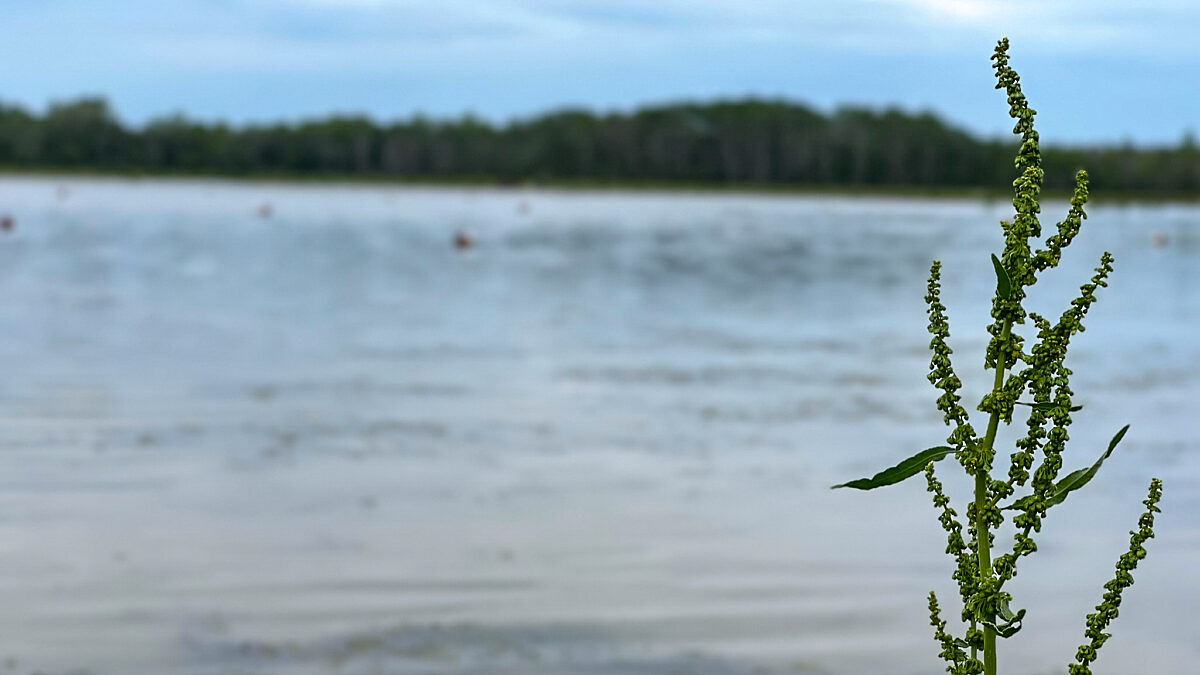Desperate for Water
Guest Author
Special Contributor to FB.org

photo credit: AFBF Photo, Mike Tomko
Guest Author
Special Contributor to FB.org
If all the snow that fell in the Boston area this winter had been shipped to California, it would have yielded an estimated 6 billion gallons of water. While Boston was running out of places to pile snow, the drought-stricken West would have gladly received it. Eastern cities broke records for snowfall and cold temperatures, but snowpack in the Sierra Nevada mountain range was incredibly low.
If the current situation isn 't bad enough, the future looks even drier. Researchers from NASA, Cornell and Columbia universities are predicting a "megadrought" and severe water shortages for the Southwest and the central Plains occurring sometime around the middle of this century. A megadrought can last 10 times longer than a typical drought cycle of about three years.
The forecast is based on climate models that put the likelihood of this monster weather pattern occurring at 80 percent. It wouldn 't be the first megadrought. The last one in North America occurred during the 12th and 13th centuries.
Western farmers are focusing on optimizing irrigation, developing new plant varieties that thrive in dry, saline conditions and recycling water used in processing. A water bond proposition passed by California voters last November earmarked the biggest share of money for badly needed water storage projects. But water capture and conservation measures probably won 't be enough if the population continues to grow, drought conditions persist, and environmentalists insist on more water for the protection of fish and wildlife.
California 's diverse agricultural production includes more than 400 commodities, including nearly half of all U.S. grown fruits, nuts and vegetables. In 2013, its exports amounted to 14.7 percent of U.S. farm exports by value. A worsening drought and federal water restrictions could have a detrimental effect on the U.S. economy and limit some food availability.
The big fixes for water shortages are not simple or inexpensive. Some ideas include desalination of seawater, long-distance water pipelines, and certainly the most imaginative one – towing icebergs from the Arctic to southern coastlines. There are other ways as well to address water shortages.
The American Farm Bureau Federation supports desalination of brackish, saline and seawater. It also supports international surface water transfer programs that would ensure the interests of American agriculture. It opposes any diversion from the Great Lakes Basin.
Proponents of desalination like to point out that seawater is the one source of water that is limitless and drought-proof. The Carlsbad Desalination Plant being built off the coast of San Diego County is a possible trend setter. But it had to go through years of government permitting, environmental challenges and lawsuits before getting a start.
The idea of water pipelines from water-rich Alaska or Canada has been around for decades. In 1991, Alaska Governor Walter Hickel envisioned transporting water to California from one of Alaska 's great rivers. The fresh water would be transferred through 20-foot diameter pipelines placed on the continental shelf below the ocean 's surface. Only a fraction of the outflow to the sea was to be affected.
The reason the pipeline was never built, according to Hickel years later, was that political leaders couldn 't take the heat from the opponents of nearly all man-made projects, especially large ones. It may take a megadrought, unfortunately, before there are any big fixes to the water crisis. As Hickel himself said, "Someday they 'll get the picture."
Stewart Truelsen, a food and agriculture freelance writer, is a regular contributor to the Focus on Agriculture series.
Trending Topics
VIEW ALL